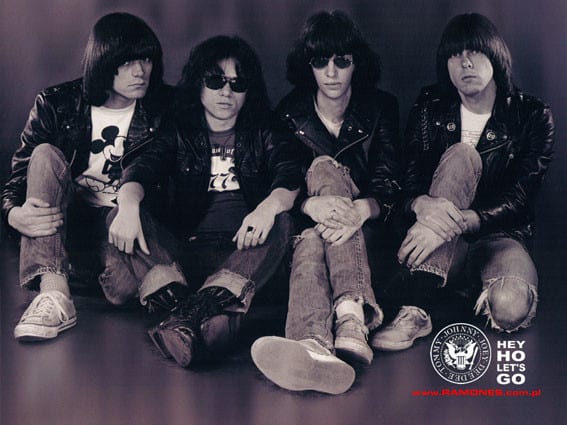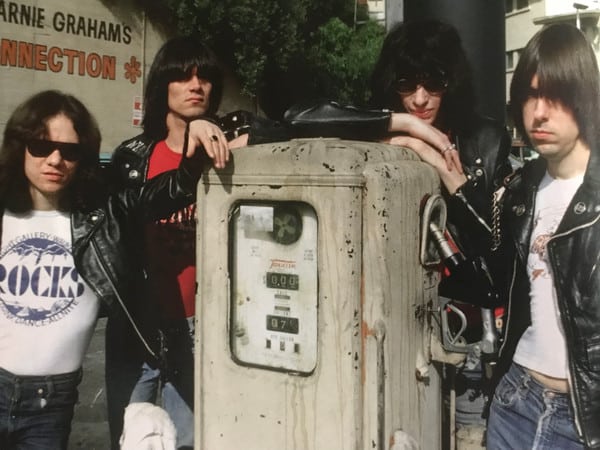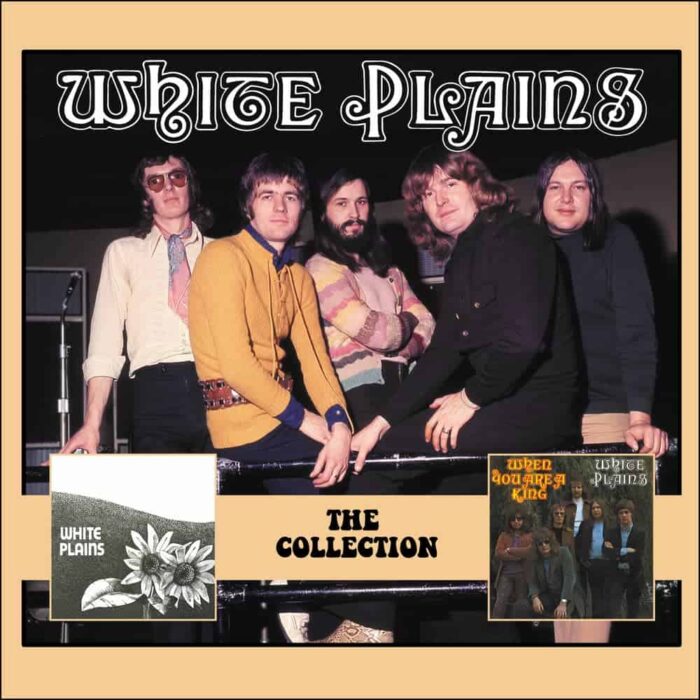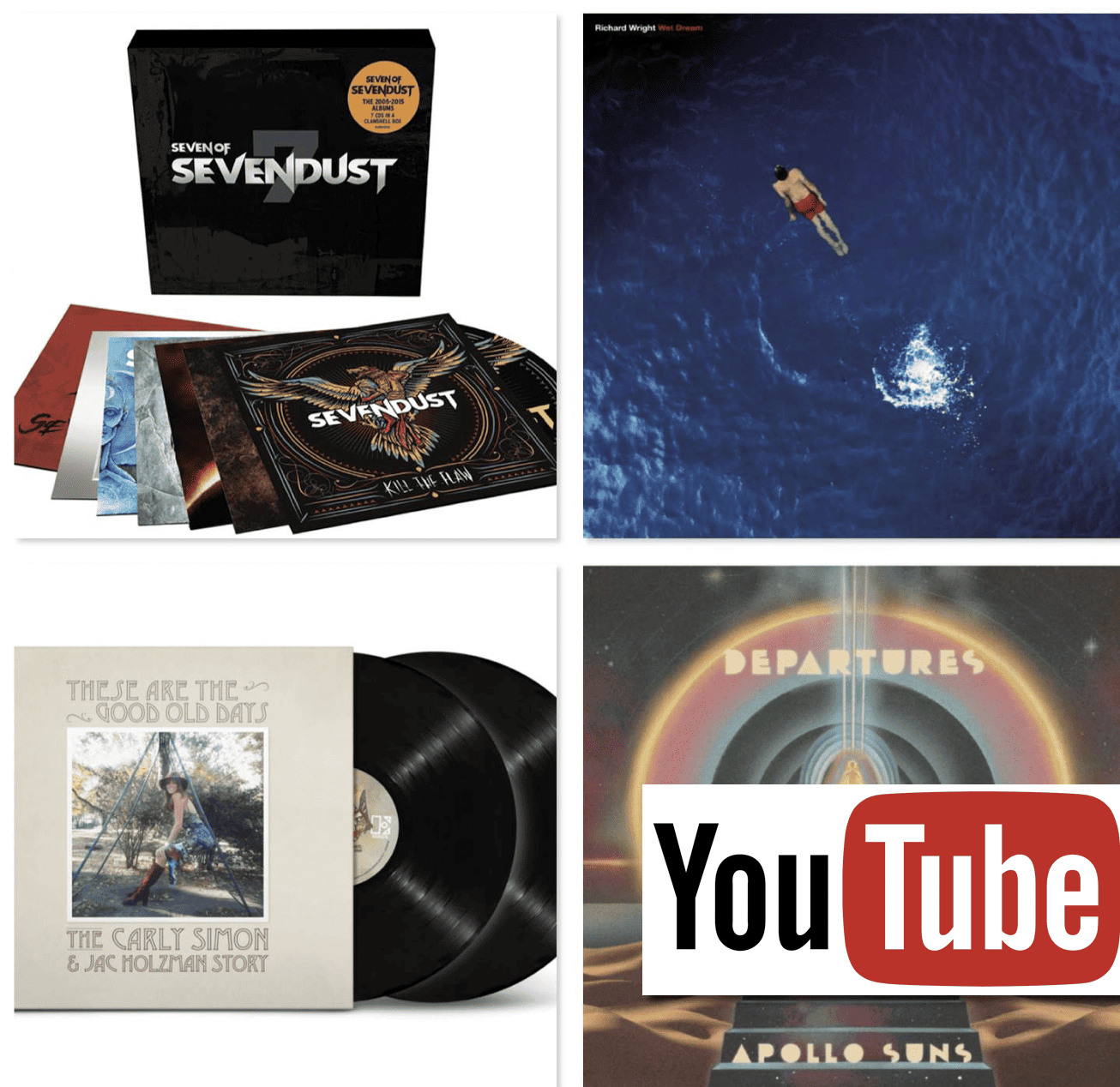The Article
The Ramones: 1-2-3-4!
14th September 2017
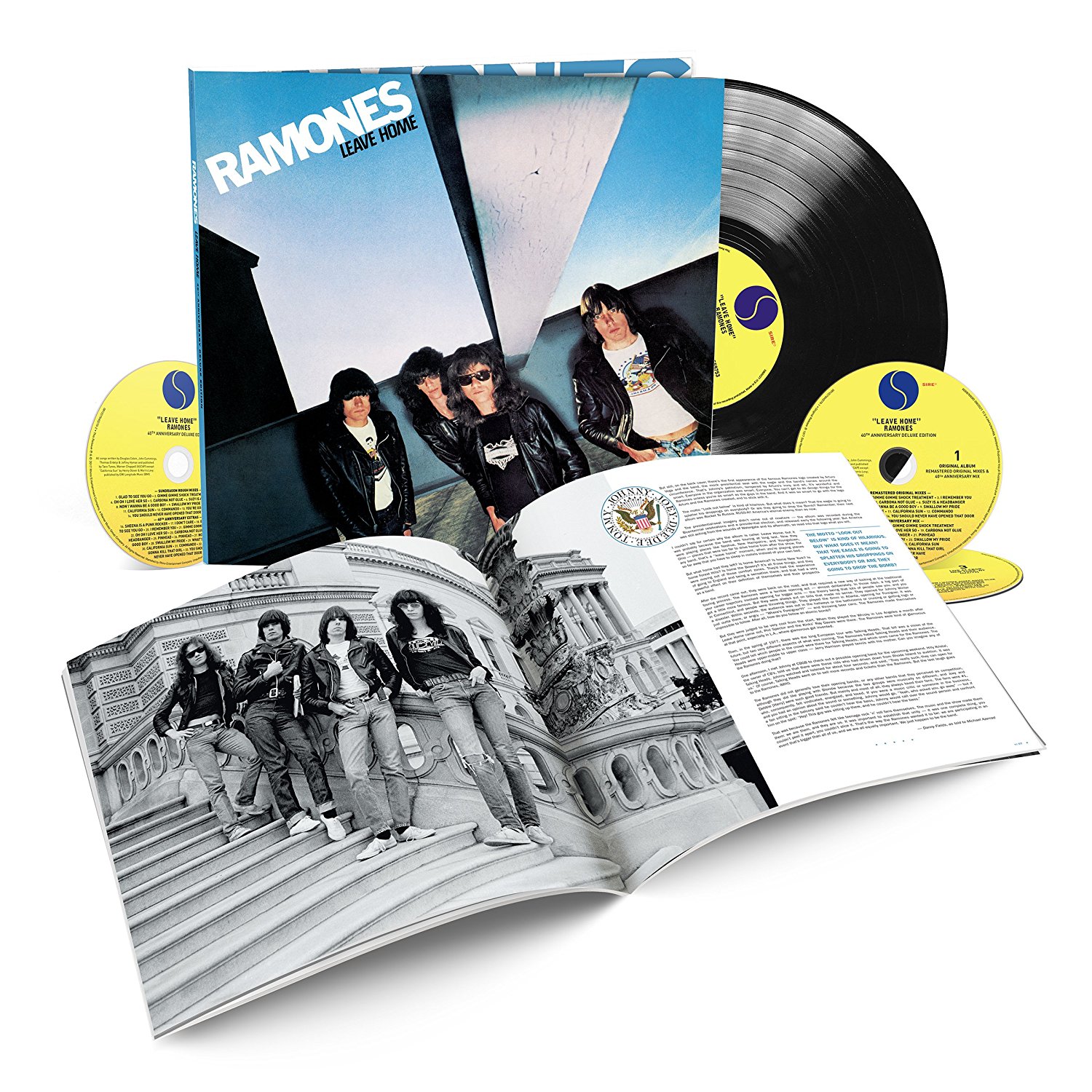
Title: Leave Home
Label: Sire
Assistant to Andy Warhol at the Factory and photographer, Leee Childers (with three ‘e’s) once talked to writer Legs McNeil about The Ramones, “The first time I went to CBGB’s was with Wayne County. The whole place stunk of urine. And there were literally six people in the audience and then the Ramones went onstage, and I went, ‘Oh…my…God!’ And I knew it, in a minute. The first song. The first song. I knew that I was home and happy and secure and free and rock’n’roll.”
That’s how Danny Fields became their manager “I went down to see them at CBGB’s and I got this seat up front with no problems. And they came on and I fell in love with them. I just thought they were doing everything right. Beethoven quartets are supposed to be slow. Rock’n’roll is supposed to be fast. I loved it. I introduced myself to them afterwards and I said, ‘I love you so much, I’ll be your manager.’ And they said, ‘Oh good, we need a new drum set. Do you have money?’ I asked my mother for three thousand dollars and she gave it to me. That’s how I started managing the Ramones. I bought myself into being their manager.”
This album was released around nine months after the band’s debut. That LP was simply groundbreaking. As the above accounts testify. ‘Leave Home’ was released in 1977 but it continued the sound of the debut. The Ramones’ songs were so short, the playing so fast, the energy so frantic, you wonder if they had actually realised that the first LP was recorded, packaged and on sale in the shops. It was almost as if the band hadn’t actually stopped for the break and just carried on, continuing their frantic performance.
Well, that statement is a touch disingenuous. This second LP was an evolution of sorts. It was certainly tighter and more focused. There’s more musicality too, especially from the percussion. Because of this evolution, this LP is arguably a more enjoyable ride. You still get the passion from Joey Ramone, his style and delivery remains in your face but there is a melodic layer that swims just underneath that adds to the richness of the approach.
So songs like Pinhead and Commando plus Oh Oh I Love Her So are perfectly balanced…well, on Planet Ramones, at any rate. How about these lyrics for romance and immediacy then?
“I met her at the Burger King we fell in love by the soda machine/So we took the car downtown the kids were hanging out all around/Then we went down to Coney Island on the coaster and around again/And no one’s gonna ever tear us apart cause she’s my sweetheart/All right, oh yeah”
And some people prefer Gone With The Wind? Sheesh.
Look, this album wasn’t as stunning as the first album. How could it be? The shock of the first album was The Ramones themselves. The stunning part of the first album was The Ramones very existence and how they went about their punk music delivery. So you have to roll the ‘first seen’ feelings with the music of the first album. In terms of cold heartedly examining the components of the first and second LPs, though, this one is the better of the two. It may lack consistency when compared to the later LP Rocket to Russia but there’s a blend of everything here in terms of what the band was all about.
McNeil himself remembered, “Just as we were talking to Lou Reed the Ramones hit the stage and it was an amazing sight. Four really pissed-off guys in black leather jackets. It was like the Gestapo had just walked into the room. These guys were definitely not hippies. Then they counted off a song-“ONE, TWO, THREE, FOUR!” and we were hit with this blast of noise, you physically recoiled from the shock of it, like this huge wind and, before I could even get into it, they stopped.”
Well, you know have a chance of ‘getting into it’ with the new addition of the album in a hard-back book type cover containing three CDs and a slab of vinyl via Sire. This superb pack includes a remastered album and 40th anniversary mix via the original engineer, Ed Staslum plus unreleased mixes, rare tracks and a CNGB live show from April 1977. Danny Fields even supplies images and an essay.

